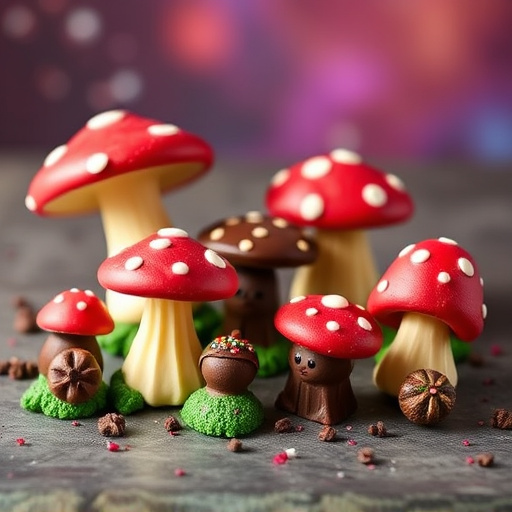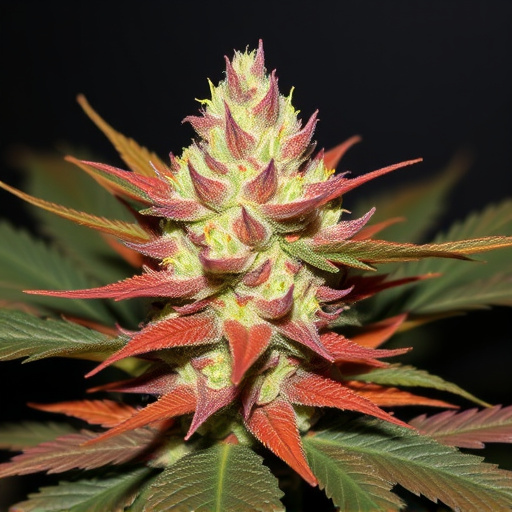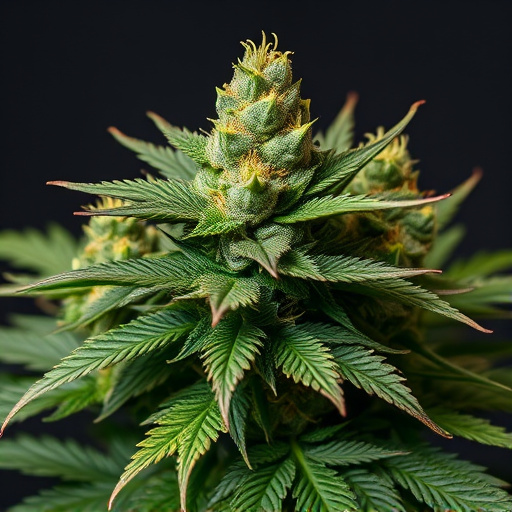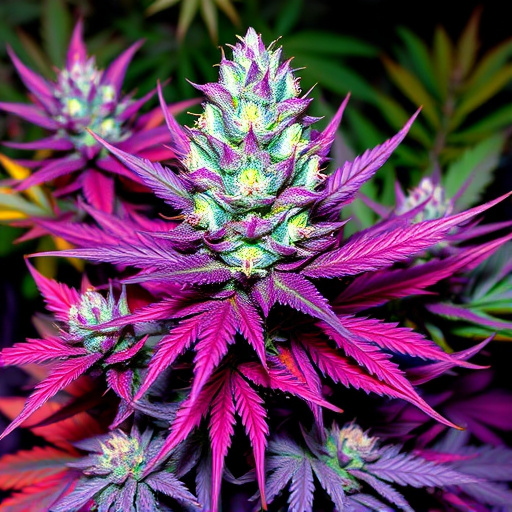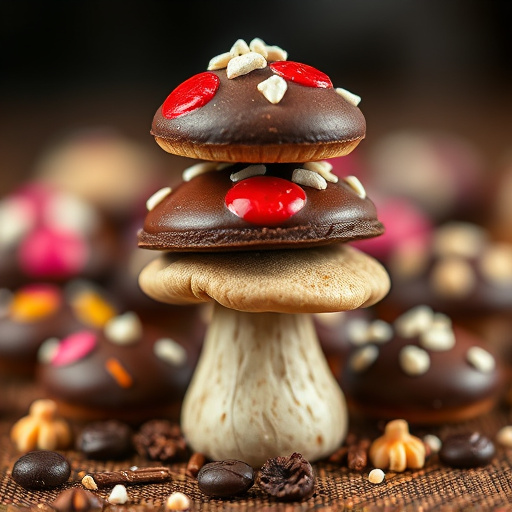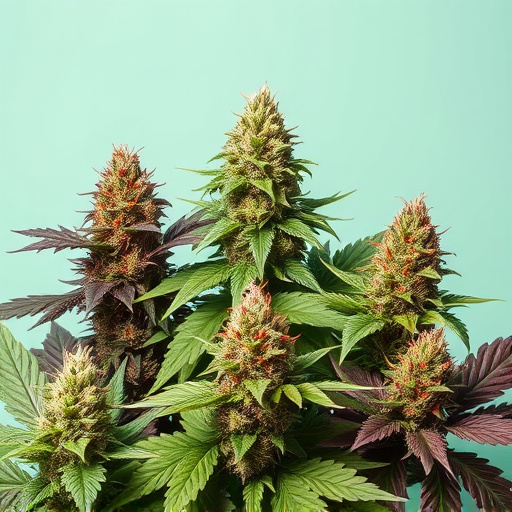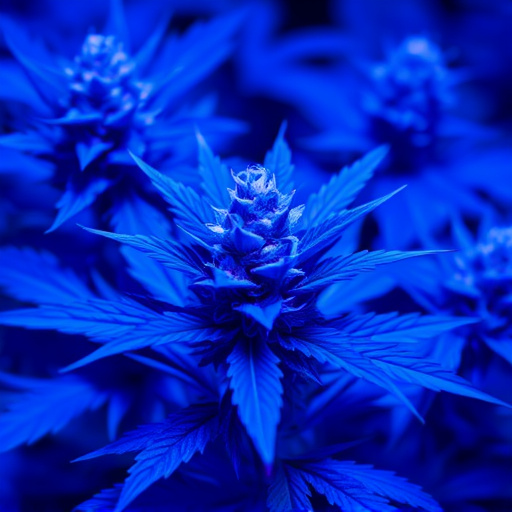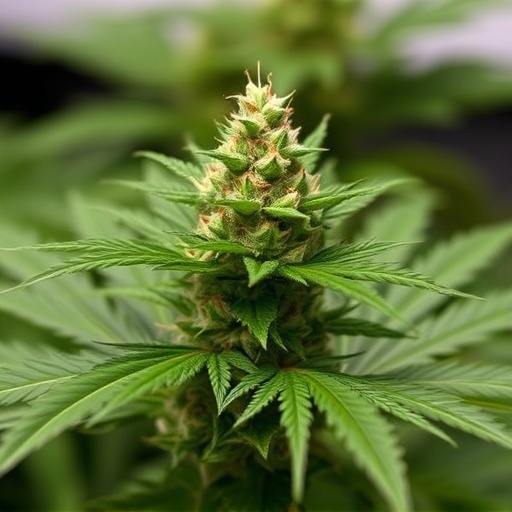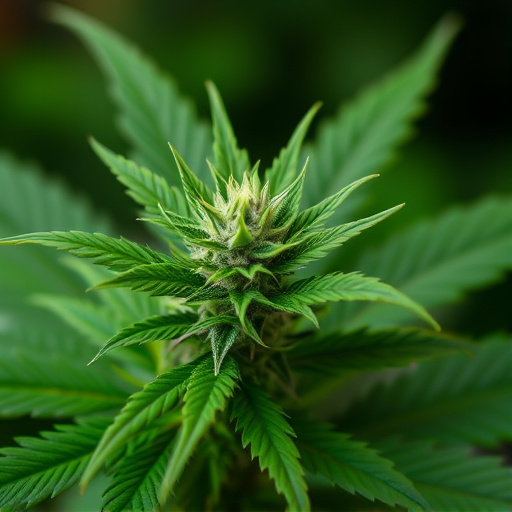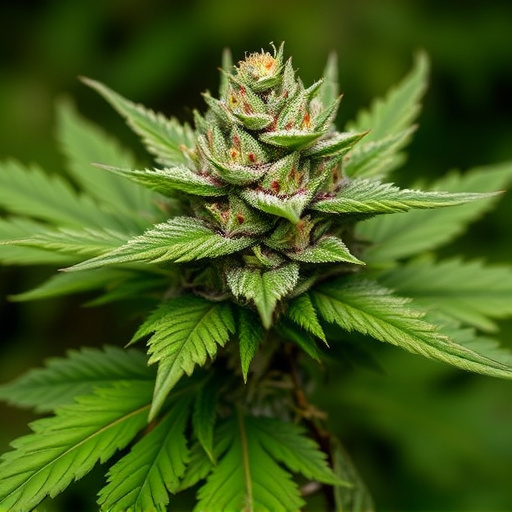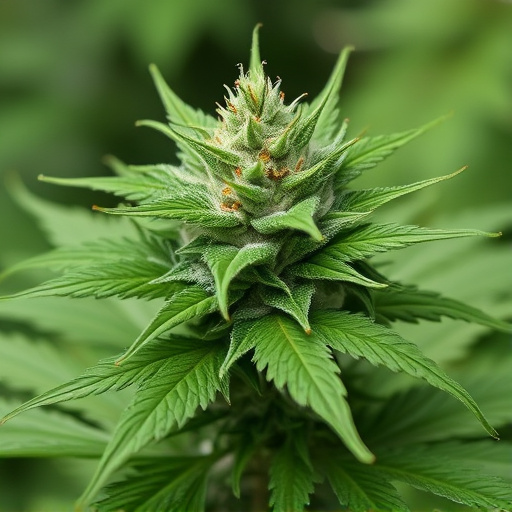Maintaining the safety and quality of cannabis for medicinal purposes, especially pain management, depends on vigilant visual inspections. Look for mold growth indicated by discolored spots, filaments, or physical changes in the leaves. Discarding any products showing signs of mold or spoilage ensures the effectiveness of cannabis for medical conditions. High humidity, improper storage, or inactivity can accelerate mold, so holding bud to light can reveal hidden molds. Proper storage and identifying subtle decay signs in strains like Blue Dream or Lavender are crucial for preserving potency and safety.
Recognizing signs of moldy or expired weed is crucial for both quality and safety. This guide delves into the visual indicators of mold, such as discolored leaves and unusual textures, and aromatic signatures that signal spoilage. It explores common off-notes in cannabis aroma and potential health risks associated with consuming moldy products. Additionally, it highlights the best cannabis strains for pain relief, emphasizing the importance of quality control and proper storage to prevent spoilage.
- Visual Indicators of Mold and Spoilage
- – Identifying physical signs of moldy weed
- – Affected areas: leaves, buds, and overall appearance
Visual Indicators of Mold and Spoilage

When it comes to preserving the quality and effectiveness of cannabis, especially for medicinal purposes, visual indicators are key. Moldy or expired weed is not only unpleasant to the eye but can also pose significant health risks if consumed. Look for any signs of visible mold growth, which may appear as discolored spots, patches, or filaments on the plant. These could be black, white, green, or even yellow. In addition to mold, check for physical changes like wilting, browning, or crispness in the leaves—visual cues that indicate spoilage.
The best cannabis strains for pain management, much like any other variety, are highly susceptible to mold growth under the wrong conditions. Proper storage and humidity control are essential to prevent spoilage. If you notice any visual indicators of mold or spoilage, it’s best to discard the product immediately. This ensures that you’re using safe and effective cannabis products, especially those designed for specific medical conditions like pain management.
– Identifying physical signs of moldy weed
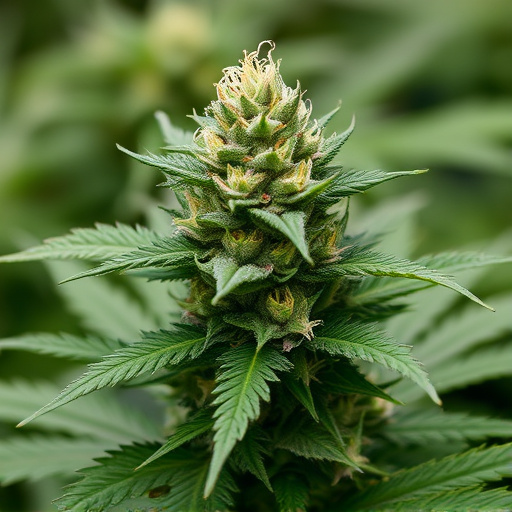
When it comes to identifying a moldy or expired weed, the first step is to look for physical signs. Moldy cannabis can have a distinct musty odor and a stale taste, but the most visible indicators are often on the surface. Check for any spots, discoloration, or patches of different textures—these could be early signs of mold growth. The leaves might appear curled, wrinkled, or have a fuzzy appearance, especially along the edges. In some cases, you may notice a powdery substance, which is actually mold spores. Among the best cannabis strains known for their pain-relieving properties, such as Blue Dream or Lavender, these signs can be more subtle, so careful examination is key to ensuring you’re getting top-quality product.
If your weed has been stored improperly, exposed to high humidity, or left untouched for an extended period, it’s worth investigating further. Holding the bud up to light can help; mold often appears as dark spots or discolored areas that may not be immediately apparent. Always remember, proper storage is crucial for preserving the potency and safety of your cannabis, especially if you’re seeking relief through strains known for their therapeutic benefits, like those popular among best cannabis strains for pain enthusiasts.
– Affected areas: leaves, buds, and overall appearance
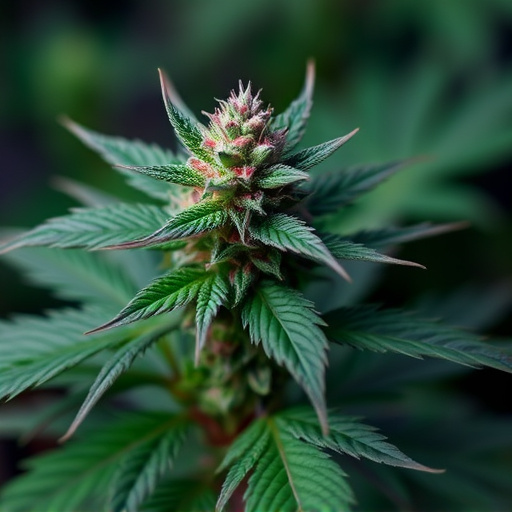
When it comes to identifying signs of moldy or expired weed, one of the first places to look is the plant’s leaves and buds. Mold can spread quickly, often appearing as a white, gray, or black fuzzy coating on the surface of leaves. This isn’t just unsightly; mold spores can be harmful if inhaled. In addition to visible mold growth, infected plants may exhibit yellowing, browning, or withering leaves, especially along the edges. Buds affected by mold will often appear slimy or discolored, and may give off an unpleasant musty smell.
The overall appearance of the plant can also signal problems. Healthy cannabis plants should have vibrant green foliage and tightly packed buds. If you notice wilting, stunted growth, or a general lack of luster, it could indicate that the plant has been stressed or is on its way to expiration. For those seeking the best cannabis strains for pain relief, ensuring the health and quality of your plants is paramount. Proper care, including adequate humidity, temperature control, and ventilation, can help prevent mold growth and preserve the potency and therapeutic benefits of your favorite strains.
When it comes to choosing the best cannabis strains for pain relief, freshness matters. Knowing the visual indicators of moldy or expired weed is crucial to ensuring you get the most effective and safe medication. By carefully examining the leaves, buds, and overall appearance, you can avoid contaminated products and make informed decisions. Remember, a healthy, vibrant strain offers optimal benefits, while moldy or spoiled cannabis may not only be ineffective but also pose potential health risks.
